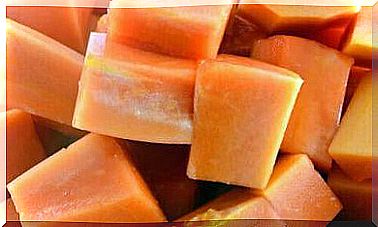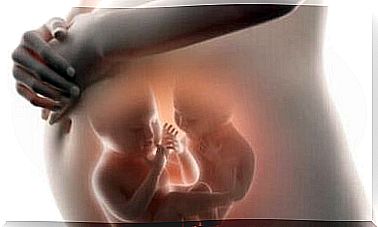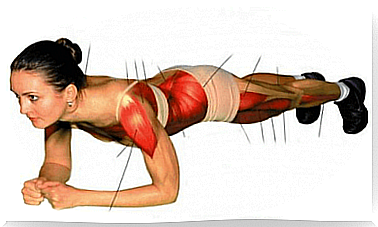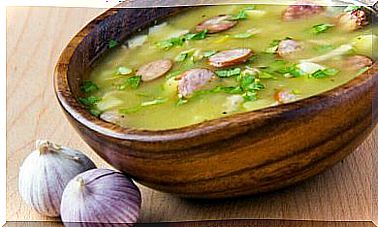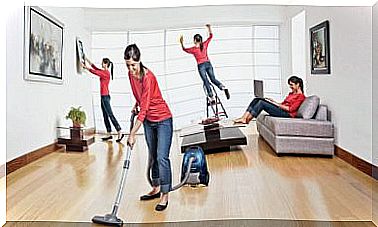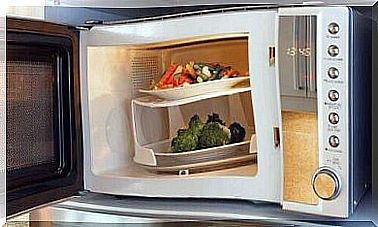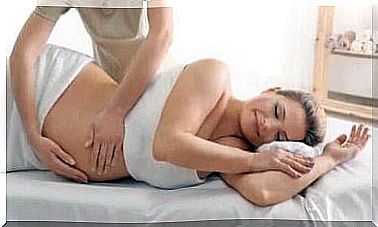Hip Wear: Symptoms And Prevention
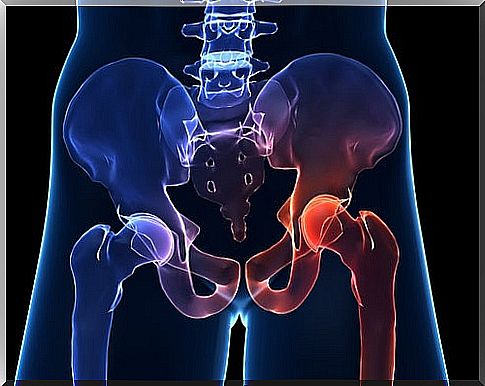
Hip wear is the most common and most dangerous joint condition, so it’s worth taking the time to learn more about the symptoms. Let’s take a look.
What Causes Hip Wear?
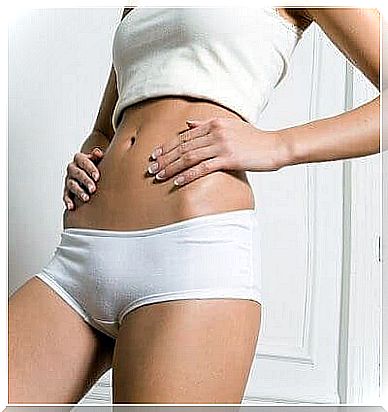
Hip osteoarthritis or coxarthrosis affects the cartilage. Remember that the hip joint also consists of the head of the femur and the femoral head, a joint cavity into which the femur fits perfectly.
Surrounding this area is a network of muscle fibers and ligaments that join the cartilage together and absorb shock. You should know that hip wear can happen in one of two ways:
- Primarily it is the result of wear and tear over time. This appears around age 60 to 65.
- Secondary joint wear is the result of localized problems and joint problems due to dislocation or even poor nutrition and bone problems. In these cases, individuals can already experience hip problems from the age of 30 to 35 years.
Let’s take a look at the causes of this painful condition:
- Trauma: Dislocations, injuries or poorly healed illnesses can cause you to experience hip wear and tear.
- Circulation Disorder : Hip wear and tear in general often occurs due to problems caused by osteoarthritis or dislocations, but the cause can also be due to poor circulation. This usually happens after a bone fracture, at the neck of the femoral head. Medication can also affect blood flow.
- Congenital Factors: Children are often born with congenital problems, such as hip dysplasia, growth disorders, or other problems.
- Skeletal imbalance: It is fairly common for individuals to suffer from a condition in which their legs are different lengths.
Symptoms of hip wear

- Of course, pain is the first symptom of any arthritis-like problem. Many people think that this pain should only be concentrated near the hip, but the truth is that it often occurs in the groin area. It can even shoot to the lower thigh, reaching the knee and bouncing back to the buttocks.
- Sometimes when you move you feel a sudden cracking sensation.
- If your hip hurts, it could be a muscle problem. But if your groin area also starts to hurt, it’s usually a direct result of hip wear.
- In the beginning this pain will not be very intense and will mainly appear when you have been physically active. For example, after a long walk, jogging or lifting heavy objects. Once you rest, the pain will go away on its own.
- Later on, as the wear and tear progresses, the pain will become more intense and it will be difficult for you to do simple activities, such as climbing stairs. When you cross your legs, you will feel a painful crack. You often feel this also at night when you toss and turn in bed. You will feel a burning sensation in your groin area.
How can I prevent hip wear?

Remember that if you suffer from hip pain, you should take steps to adjust your lifestyle to deal with this suffering. To date, there is no cure yet.
You should try to eat right so that your body gets all the nutrients it needs. You should also do light exercises so that your body remains flexible.
Follow your doctor’s instructions. However, do not abuse anti-inflammatories and muscle relaxants. These can have a negative effect on your liver in the long term.
If you want to avoid hip wear and are not currently experiencing this problem or if your symptoms are very mild, then you should follow these recommendations.
Recommendations to prevent hip wear
- Always maintain a balanced diet.
- Do some light exercise every day , especially those that don’t require excessive hip strain, such as walking, cycling, or swimming.
- Increase your consumption of vitamins C, A and D as these nutrients will aid you in collagen synthesis. So you should definitely try to eat more citrus fruits, mango, pineapple, carrots, melons and strawberries. Also eat vegetables such as cruciferous vegetables, artichokes and garlic. The latter is especially good for reducing swollen joints.
- Gelatin is great for repairing cartilage.
- Do not hesitate to take magnesium supplements. This element is fundamental to maintaining good joint health and is great for your overall health. Ask your local health food store or doctor where to buy these supplements.
- Drink at least two liters of water a day. It is crucial that you stay hydrated, as this also keeps your joints hydrated and thus nourishes your cartilage. You really have to think about this.
- Some individuals also take vitamin supplements such as glucosamine sulfate, which is great for hip wear. It is a natural way to strengthen this part of your body. It also strengthens your bones and your cartilage in general. Talk to your doctor about the benefits of this.
